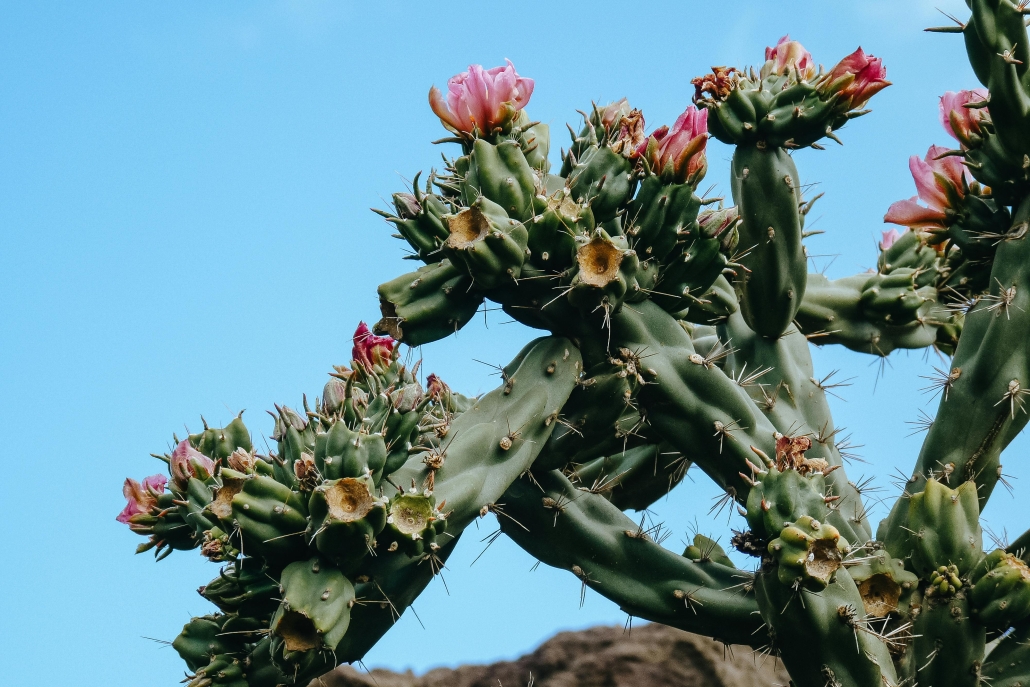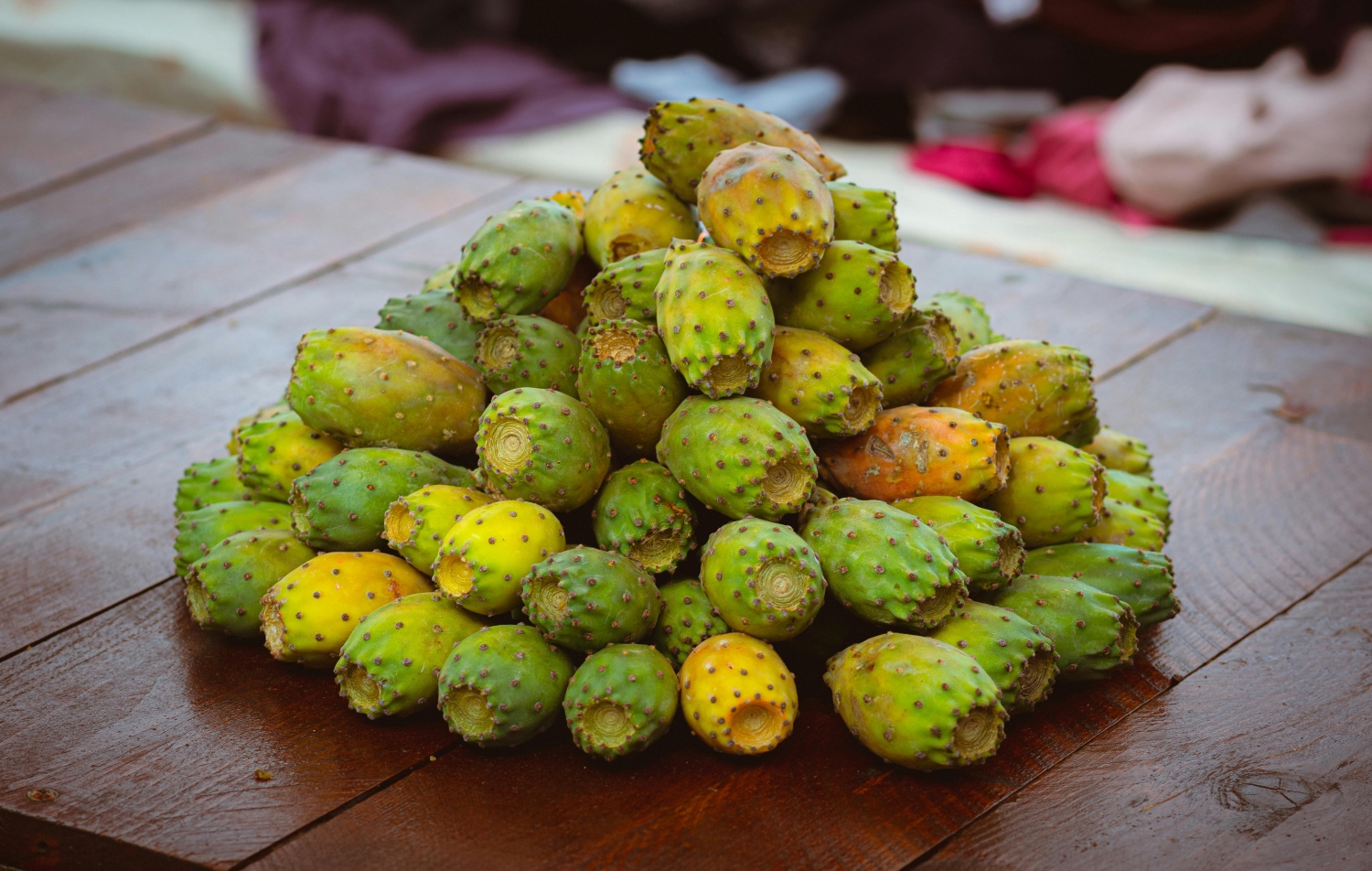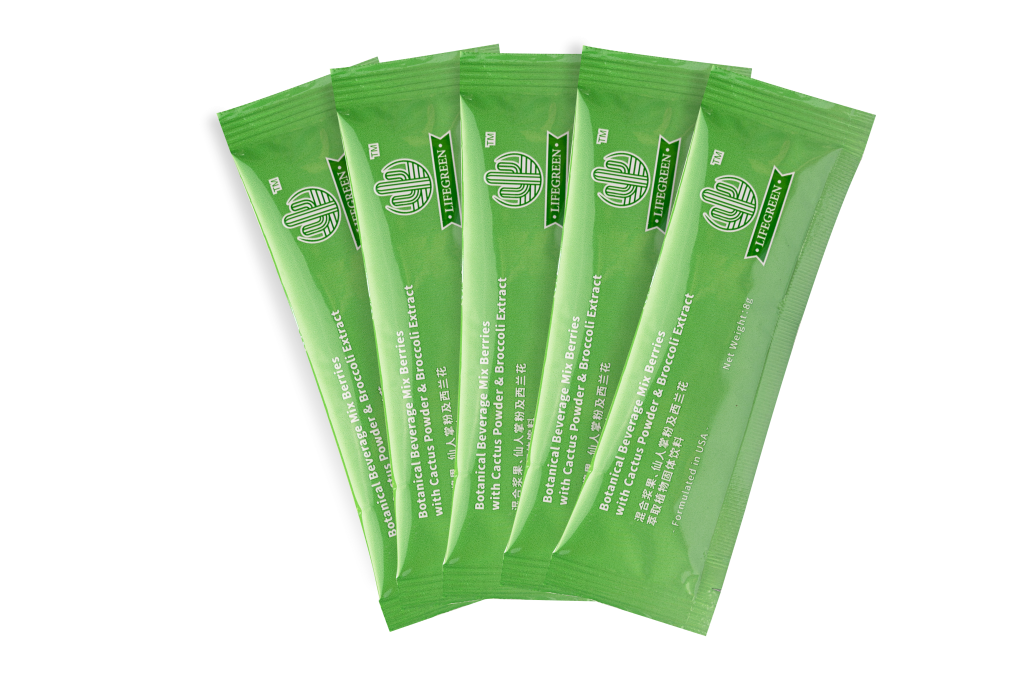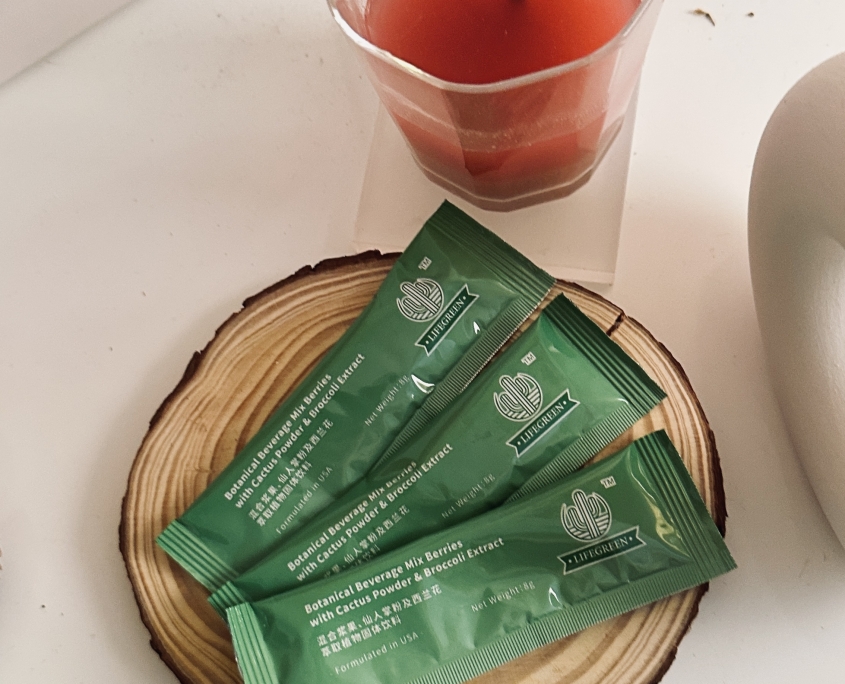Exploring the Medicinal Uses of Cactus Plants

Disclaimer: The information provided in this blog is for educational purposes only and does not constitute medical advice or a guarantee of results. While the content may discuss potential health benefits, these are not promised or guaranteed by LifeGreen. LifeGreen is made from cactus powder and individual results may vary. Please consult with a healthcare professional and visit the LifeGreen page before making any decisions related to your health or supplement use.
Cactus plants, with their striking presence and unique adaptations, have graced the landscapes of arid regions around the world. Beyond their captivating appearance, they hold a rich history of medicinal use, valued by ancient cultures for their healing properties. In this blog, we delve into the medicinal uses of cactus plants, exploring their traditional significance, botanical diversity, and potential health benefits.
Importance of Cactus Plants in Traditional Medicine
Throughout history, cactus plants have been integral to traditional medicine practices. In Native American cultures, for instance, the prickly pear cactus was used to treat burns, wounds, and digestive ailments. Similarly, in Mexican folklore, the san pedro cactus has been employed in rituals and healing ceremonies for centuries.
Botanical Classification of Cactus Plants
The Cactaceae family encompasses over 2,000 species of cactus plants, each with distinct characteristics and potential medicinal properties. Cacti belong to the order Caryophyllales, alongside succulent plants like purslane and spinach. They are characterized by their ability to store water in their fleshy stems, allowing them to thrive in dry environments.
Medicinal Uses of Cactus Plants
Traditional and scientific studies have uncovered a wide range of medicinal uses for cactus plants, including:

Regulates Blood Sugar Levels
Cactus powder might help control blood sugar levels, making it useful for people with diabetes or prediabetes. Studies suggest that it slows down how quickly glucose is absorbed into the bloodstream, which can prevent sudden spikes in blood sugar.
Prevention of scurvy
Cactus fruits are a good source of vitamin C, which is essential for preventing scurvy, a disease caused by vitamin C deficiency.
High Antioxidant Content:
Cacti are rich in antioxidants, which can help neutralize harmful free radicals and protect against oxidative stress.
Treatment of burns and wounds
The properties of cacti accelerate cell generation in the body, making it anti-inflammatory. Hence, traditional medicine has used cacti for the treatment of burns, skin disorders, and wounds.
Strengthening of bones
Nopal cactus is a good source of calcium, which is important for maintaining strong and healthy bones. A 2013 study found that the intake of dehydrated nopal can improve bone mineral density and prevent osteoporosis.

If you are interested in testing out cactus for yourself, LifeGreen is the perfect product for you. Due to its natural yet effective formula, it is suitable for children aged 12 and above, older adults, and post-operative patients.
Try out LifeGreen at a reasonable price and enjoy all of the promotions available now, just for you!
Disclaimer: The medicinal uses mentioned above are solely for cactus plants, they are not claimed by LifeGreen. LifeGreen is only a functional health drink made from cactus powder and other ingredients. Please visit the LifeGreen page for more information
Exploring Specific Cactus Plants
Prickly Pear Cactus: Potential Health Benefits
The prickly pear cactus (Opuntia spp.) is a widely recognized species with edible fruits and pads. Prickly pear fruit is a rich source of antioxidants, including betalains, which have been linked to anti-inflammatory properties. The pads of the prickly pear cactus are also consumed as a vegetable and are a good source of dietary fiber, vitamins, and minerals.
San Pedro Cactus: Ritual and Healing Purposes
The San Pedro cactus (Echinopsis pachanoi) has a long history of use in traditional Andean rituals and healing practices. Its psychoactive compounds, such as mescaline, have been used for spiritual ceremonies and to facilitate introspection and connection with the divine. In recent years, the San Pedro cactus has gained attention for its potential therapeutic benefits, including the treatment of depression and anxiety.

Unlock the healing power of cactus
The medicinal uses of cactus plants span centuries and cultures, offering a wealth of potential health benefits. Cactus powder, derived from cactus plants, is easy to consume and can treat some of your health problems. Cactus health drinks, such as LifeGreen, come in a single-use sachet that can be mixed with just water.
It is now easier to try out cactus powder with our exclusive promotions. Sourced from the finest organic cactus, LifeGreen offers a convenient and natural way to incorporate it into your daily routine.
For more information, visit our LifeGreen page.
Frequently Asked Questions (FAQs)
What is cactus powder?
Cactus powder is a finely ground powder made from dried cactus pads or cactus fruits. It retains the nutritional value and medicinal properties of the original cactus plant.
Not all cactus powders use the entire plant, as this depends on their formulation. For example, LifeGreen uses cactus powder made exclusively from cactus pads and excludes the fruit.
How do I use cactus powder?
Cactus powder can be easily added to smoothies, juices, shakes, or sprinkled on food. The recommended dosage varies depending on the individual and the desired benefits.
Are there any side effects to taking cactus powder?
Cactus powder is generally safe for most people. However, it is important to start with a low dosage and gradually increase it as needed. Some people may experience mild digestive upset, such as nausea or diarrhea.
Can I take cactus powder if I am pregnant or breastfeeding?
It is not recommended to take cactus powder if you are pregnant or breastfeeding. The safety of cactus during these periods has not been fully established.
Disclaimer: This FAQ only answers questions about cactus powder and may not apply to LifeGreen. For information about LifeGreen, please visit their page.



